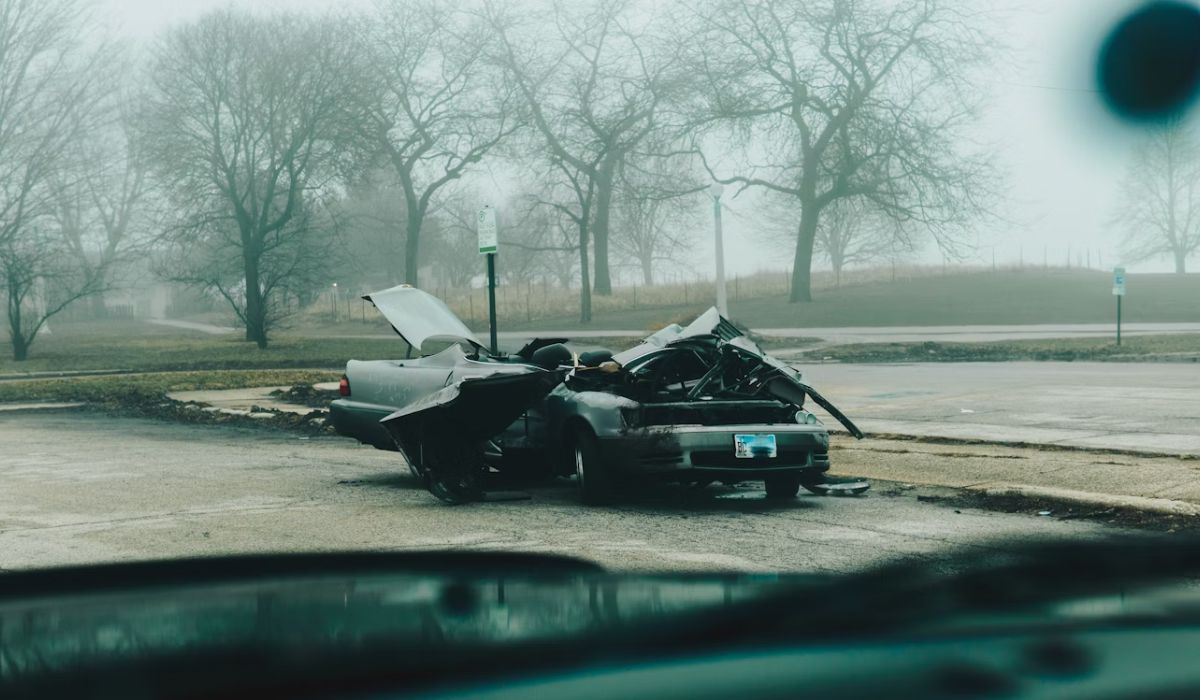Road safety is of utmost importance. If you have to commute to work or any specific place every day, ensure that you are aware of all the road safety guidelines. However, sometimes, the choice of your vehicle can make you more prone to crashes.
When compared between motorcycles and cars, road accidents are prominent in motorcycles. Riders have significantly higher chances of colliding on the road compared to cars and other large vehicle riders.
It’s true that both types of vehicles come with different degrees of protection. However, cars have the upper hand with seat belts, airbags, and sturdy frames.
Here’s a comprehensive article to help you understand if you’re at a higher chance of an accident if you ride a motorcycle or a car.
Crash Risk in Car and Motorcycle Vehicles
The chances of accidents are higher in motorcycles compared to cars. There are several factors that lead to a fatal accident on motorcycles. For example, exposure, protection levels, and vehicle design of motorcycles make it more danger-prone.
It’s important to understand different risk factors that contribute to the chances of accident rates in both types of vehicles.
We have considered statistics of accidents in the U.S., factors influencing accidents, and types of collisions to understand the likelihood of accidents in each type of accident.
Lack of Protection can lead to something different things; you need to work on those things you need to work on.
Statistical consideration
According to U.S. traffic safety data, motorcycle riders are more likely to die, with 27 times more chances compared to car accidents. The fatality rate of motorbike accidents is 58 per billion vehicle miles.
On the contrary, the rate of death goes down significantly for car accidents, with only 2.1 deaths per billion vehicle miles. Evansville car accident lawyers typically note that the rate of motorcycle accidents and deaths is disproportionately serious and high.
Key Factors Affecting Accident Rate
Motorcycle accidents get higher in percentage compared to cars at road intersections and lane changes. Due to its small size, it’s often beyond the visual periphery of a larger-sized vehicle, increasing the odds of a collision.
Furthermore, motorcycles demand far superior skills and control safely, especially on a crowded road.
On the contrary, cars have additional protection like airbags, seat belts, and a protected environment that generally keeps the driver away from collision.
Weather and road conditions influence both vehicle types. However, it poses a greater level of risk for motorcyclists.
Types of Collisions and Injury Severity
Both car and motorcycle drivers find themselves in different types of crashes and collisions. The common types of collisions that lead to fatality are the following:
1. Angle Collisions:
This is one of the major types of car and motorcycle collisions. These collisions happen at the intersection of a road. It’s one of the major types of collisions affecting riders and drivers alike. However, motorcyclists are highly likely to suffer from an angle collision.
2. Head-on Collisions:
In a head-on collision, two vehicles collide front-first, causing a severe fatality and even death. This type of collision is deadly for both riders and drivers.
3. Rear-end Collisions:
This is another type of collision that often leads to fatal injuries. A rear-end collision happens when a vehicle hits the rear end of the other vehicle.
Safety Measures to Reduce Crash Risk
Safety measures to avoid the chances of a collision are different for both vehicles. However, both vehicles offer different types and levels of risk mitigation and protection techniques. Here, follow these tips to avoid car crash:
Tips for Avoiding Car Crashes
- Defensive Driving: Always anticipate potential hazards on the road. Maintain a safe distance for braking and stay prepared to react to unexpected situations on the road.
- Wear seat belts: when you wear seat belts, it reduces the chances of accidental injuries.
- Obey Traffic Laws: always obey traffic rules, signals, and road signs to avoid any chances of road accidents.
- Vehicle Maintenance: Maintain tires, lights, and other important elements of your vehicle to reduce the chances of accidents.
Tips for Avoiding Motorcycle Crashes
- Wear Helmets: Helmets are essential for motorcyclists.
- Wear Bright Clothing: wear bright dresses to increase your visibility on the road. Reflective materials on clothing are essential for safe driving.
- Use Signals Efficiently: Road signals are important for driving safely and reducing the chances of accidents.
- Defensive riding: Build good driving skills with strong peripheral vision. Maintain a safe following distance and anticipate potential hazards on the road to drive safely.
What Legal Guidance to Take after an Accident?
Car or motorcycle accidents can be fatal and affect you both mentally and physically. Once you are in an accident, it’s important to gather the necessary evidence and documents to create and file a case to gain the necessary compensation.
If you are in a car accident, contact a car accident lawyer in Evansville to understand your rights and further steps you must take to clarify your rights and responsibilities.
An expert lawyer must help you understand your rights and help you negotiate for the compensation you rightfully deserve.
Which Vehicle is More Prone to Accidents?
Both vehicles have a chance of accidents. However, statistically, motorcycles are more prone to crashes compared. Motorcycle injuries are typically more fatal and often lead to death.
However, both types of motorcycle accidents can cause injuries and fatal accidents. Also, a lack of physical protection can lead to severe accidents. Irrespective of vehicle type, the right driving skills and techniques make all the difference for drivers. It’s always important to maintain proper driving practices and use protective gear and tools available to specific vehicles. However, if you are in a vehicle accident, it’s essential to consult a car accident attorney to help you get through the legal difficulties of the case.
Note: This article is provided by “Wagner Reese, LLP“ and published by our team. We are not responsible for the accuracy of the information provided.




